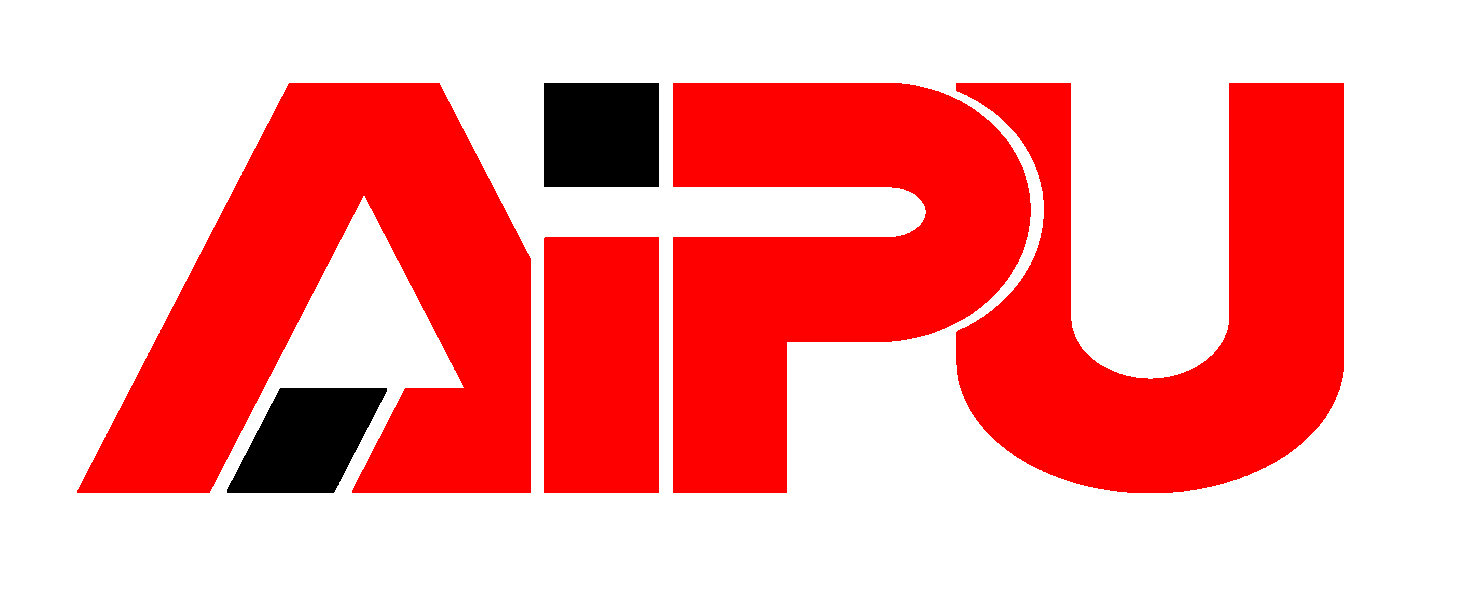What is the difference between shale shaker and mud cleaner?
Shale Shaker: The First Line of Defense
The shale shaker is the first phase of solids control equipment in the drilling fluids processing system. Its primary function is to remove large solids from the drilling mud as it returns to the surface from the wellbore. Typically, shale shakers utilize vibrating screens to separate particles based on size. The screens are classified by API (American Petroleum Institute) numbers, which indicate the mesh size and thus the cut point of the particles that can be retained or passed through. For example, a screen with an API number of 200 can effectively filter out particles larger than approximately 75 microns.Shale shakers are designed to handle coarse solids, generally those larger than 100 microns, and can be equipped with multiple screens to target different particle sizes. The efficiency of a shale shaker is critical, as it sets the stage for subsequent solids control processes. The technology has evolved, with modern shakers employing linear motion or balanced elliptical motion to minimize screen plugging and enhance performance.

Mud Cleaner: Advanced Filtration
In contrast, the mud cleaner operates as a more advanced filtration system, combining the functions of both a desander and a desilter. It is typically the second and third stage of solids control equipment, designed to further refine the drilling mud after it has passed through the shale shaker. The mud cleaner incorporates hydrocyclones (desanders and desilters) that separate finer particles from the mud. Desanders typically remove particles larger than 50 microns, while desilters target those in the range of 15 to 45 microns.The mud cleaner's configuration usually includes a shale shaker at the bottom, which collects the underflow from the hydrocyclones, allowing for additional separation of smaller solids. This multi-stage process enhances the cleaning efficiency, recovering valuable drilling fluids that would otherwise be lost. The compact design of mud cleaners makes them suitable for various drilling operations, as they occupy less space while providing powerful solid-liquid separation capabilities.

Key Differences Functionality and Stage of Operation
- Shale Shaker: Primarily removes coarse solids (larger than 100 microns) from drilling mud. It serves as the first line of defense in the solids control process.
- Mud Cleaner: Functions as a secondary and tertiary filtration system, designed to remove finer solids (15-50 microns) after the initial separation by the shale shaker.
Design and Components
- Shale Shaker: Composed mainly of vibrating screens that can be adjusted to target specific particle sizes. Its design focuses on maximizing the surface area for effective solid removal.
- Mud Cleaner: Integrates hydrocyclones for initial separation followed by a shale shaker for further refinement. This combination allows for a more comprehensive cleaning of the drilling fluid.
Efficiency and Application
- Shale Shaker: Essential for the initial removal of large cuttings, which helps to reduce the load on subsequent equipment. Its performance impacts the overall efficiency of the solids control system.
- Mud Cleaner: Enhances the overall cleaning process by recovering more valuable drilling mud and minimizing waste. It is particularly effective in operations where maintaining fluid properties is crucial for drilling efficiency and cost management.
Conclusion
In summary, while both shale shakers and mud cleaners are integral to the solids control process in drilling operations, they serve distinct roles. The shale shaker is focused on the initial removal of large solids, setting the stage for further processing, while the mud cleaner provides advanced filtration to ensure the drilling fluid is as clean and efficient as possible. Understanding the differences between these two pieces of equipment is essential for optimizing drilling operations and managing costs effectively.









